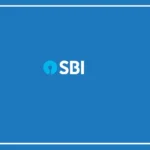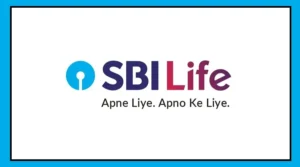Starlink, the satellite internet service backed by Elon Musk, is planning to launch in India with a monthly fee of around ₹3,000. However, it faces a major obstacle — a high upfront hardware cost of about ₹30,000.
Because of this, it’s not expected to be a serious competitor to established telecom companies like Reliance Jio, Airtel, and BSNL, especially in a price-sensitive market, said Pemmasani Chandra Sekhar, Minister of State for Communications and Rural Development, on July 28.
High Setup Cost a Barrier for Mass Adoption
Sekhar explained that each Starlink subscriber will need a separate satellite dish, similar to how DTH TV works.
“It’s like installing a DTH connection. Each customer must buy a satellite dish costing nearly ₹30,000, with monthly charges of ₹3,000,” he said.
High Setup Cost a Barrier for Mass Adoption
Sekhar explained that each Starlink subscriber will need a separate satellite dish, similar to how DTH TV works.
“It’s like installing a DTH connection. Each customer must buy a satellite dish costing nearly ₹30,000, with monthly charges of ₹3,000,” he said.
No Threat to Traditional Telecom Players
Starlink is not seen as a competitor to mainstream telecom services like consumer broadband and mobile internet.
“No telecom company, not even BSNL, is at risk. A user willing to pay ₹30,000 upfront and ₹3,000 a month is not the typical BSNL or rural customer,” the official added.
BSNL, the state-run telecom operator, is currently undergoing a major revamp by deploying over 1 lakh homegrown 4G towers. It is targeting 20–30% revenue growth in the 2025–26 financial year.
Starlink’s Niche Role in India
Experts believe Starlink could still be useful in special cases like remote government offices, scientific research sites, or hard-to-reach locations.
But for regular households in villages or towns, it’s not practical unless prices drop significantly or the government offers subsidies.
Regulatory Approval and Next Steps
On July 7, Starlink received its final regulatory approval to begin operations in India. The Indian National Space Promotion and Authorisation Centre (IN-SPACe), the national space regulator, gave the green light, removing the last big hurdle.
Now, Starlink needs to get spectrum from the Department of Telecommunications (DoT), build its ground stations, and complete security trials.
The company plans to set up at least three gateway stations across India as part of its rollout.
Awaiting Spectrum for Security Testing
Though IN-SPACe has given approval, Starlink still needs trial spectrum from the DoT to conduct security checks, which is required before commercial services can begin.
Focus on Enterprise and Government Markets
Despite the delay in spectrum allocation, Starlink has already signed its first business deals with VSAT providers in India.
This shows the company is aiming at the enterprise (B2B) and government (B2G) markets for now.
Sources also mentioned that a consumer launch may come soon, as Starlink is preparing to sell direct-to-home satellite internet through its website. Pricing details for retail customers in India are still being finalized.

























